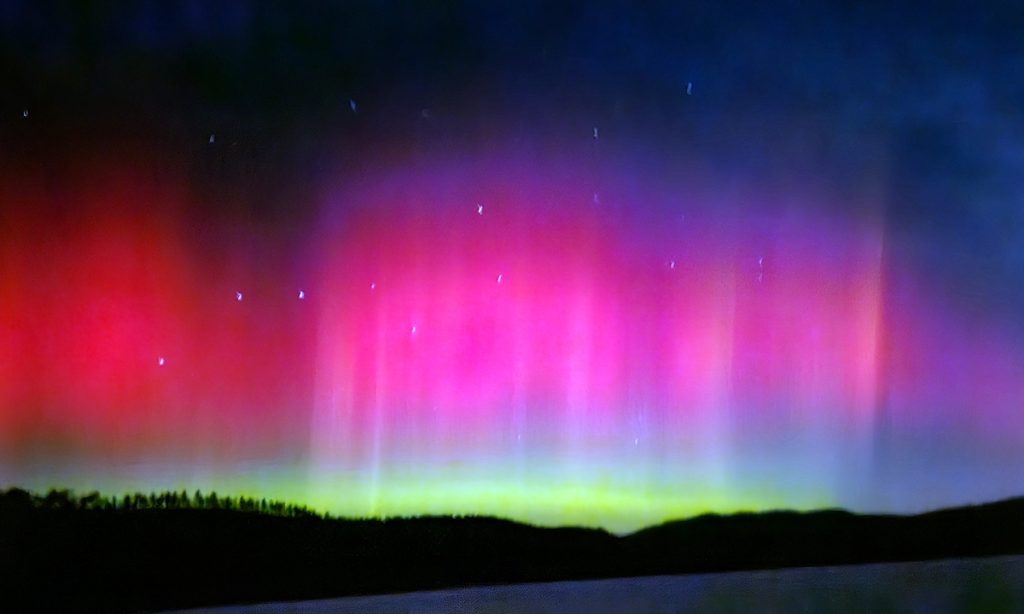Moderate or severe geomagnetic storm expected to take place on Mon with possible beautiful auroras

Geomagnetic storms are expected to occur from Sunday to Tuesday, with a moderate or even severe storm being likely to occur on Monday, according to the National Space Weather Monitoring and Early Warning Center of China Meteorological Administration (CMA) on Sunday. It is predicted to cause positioning errors of satellite navigation equipment and bring beautiful auroras, China Central Television reported.
The storm may cause space stations to decrease the orbital altitude due to atmospheric drag and the positioning error of satellite navigation equipment will increase. Commercial flights will also face the risks of a communication disruption and radiation across the polar region, according the CMA.
Aurora enthusiasts may have the opportunity to enjoy beautiful aurora sightings at this perfect time. While for pigeon players, CMA suggested reducing activities of breeding or racing pigeons in response to the storm in the coming days.
Although geomagnetic storms are not infrequent, China has been able to forecast and warn impacted parties in advance. China has formed a standardized and quantitative space weather monitoring, forecasting and early warning operation, and the accuracy of space weather forecasting is at the international advanced level, according to a release published by the CMA last December during the last geomagnetic storm in China.
The coronal mass ejection (CME), a typical solar eruption activity, is driven by the strong magnetic field of sunspots, ejecting hundreds of millions or even trillions of tons of coronal material at speeds of hundreds to thousands of kilometers per second, forming explosive shockwaves that rapidly propagate throughout the solar system. After being hit by these shockwaves, the Earth's magnetic field undergoes significant changes in direction and intensity, resulting in geomagnetic storms.
According to the report, CME process this time took place almost directly facing the Earth, so the ejecta formed a circular surface when we view it from the Earth. This type of eruption ejecting solar material at high speeds and with high coverage relative to the Earth can cause a strong geomagnetic activity.
This storm occurred after CMA forecasted a geomagnetic storm activity in November 2023 with the auroras appearing in many high-latitude areas of China, including Northeast China's Heilongjiang and North China's Inner Mongolia. It was also surprisingly observed in Beijing, as it is hard to witness auroras in lower latitude areas.